Have you ever wondered if balsamic glaze is a magical elixir for transforming ordinary fish into extraordinary dishes? With its rich, tangy flavor and deep umami notes, balsamic glaze has become a favorite among food enthusiasts for enhancing the taste of meats, cheeses, and even vegetables. But does it truly work wonders on fish? In this article, we’ll dive into the world of balsamic-glazed fish, exploring how this versatile ingredient can elevate your seafood dishes to new heights. Whether you’re a seasoned cook or new to the kitchen, discover the secrets behind creating flavorful balsamic-glazed fish, from simple recipes to expert tips. Learn why balsamic glaze is perfect for salmon, how it differs from regular balsamic vinegar, and how you can easily transform balsamic vinegar into a glaze right in your own kitchen. Find out why balsamic glaze is often more expensive than other ingredients and how you can save money while still achieving professional-quality results. With balsamic-glazed fish recipes that are both easy and delicious, this article is your ultimate guide to mastering the art of balsamic-glazed fish. Get ready to impress your family and friends with mouthwatering dishes that showcase the incredible versatility of balsamic glaze.
Key Takeaways
– Balsamic Glaze Is Perfect for Enhancing Fish Dishes: Ideal for adding depth and a sweet-tangy flavor to fish, it works beautifully as a marinade or glaze.
– Rich and Versatile Flavor Profile: Its thick, syrup-like consistency allows it to complement a variety of fish without overpowering their natural flavors.
– Easy-to-Use for Fish Recipes: Drizzle over grilled, baked, or pan-seared fish for a gourmet touch, enhancing both simplicity and sophistication.
– Perfect Thickness for Drizzling: When reduced, balsamic glaze achieves the right viscosity for a polished finish on fish dishes.
– Balances Sweetness and Tanginess: Its unique flavor profile pairs seamlessly with fish, offering a delightful contrast to their textures and tastes.
– Proper Storage and Usage Ensure Success: Keep stored at room temperature and use sparingly for maximum impact, making it a valuable addition to your culinary arsenal.
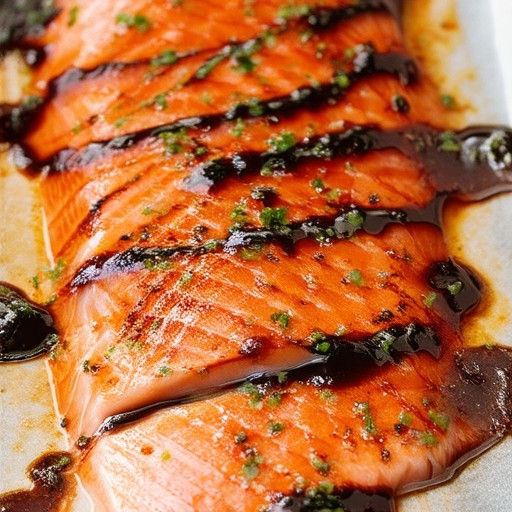
Is Balsamic Vinegar Good with Fish?
Yes, balsamic vinegar is an excellent complement to many types of fish. Its tangy, acidic flavor pairs well with the natural sweetness of fish, adding depth and a unique twist to your dishes. Whether you’re grilling, baking, or serving raw fish, balsamic vinegar can enhance the taste and texture of your meal.
How to Use Balsamic Vinegar with Fish
- Marinades : Mix balsamic vinegar with olive oil, herbs, and spices for a flavorful marinade. This works particularly well with fatty fish like salmon or mackerel.
- Drizzle : Lightly drizzle reduced balsamic vinegar over cooked fish for a finishing touch. It adds a sweet and sour balance to dishes like grilled sea bass or roasted trout.
- Sauce : Create a simple reduction by simmering balsamic vinegar with a bit of sugar until it thickens. Serve this as a sauce for fish tacos, pasta, or even as a dressing for salads with seafood.
Best Fish Pairings
- Grilled Sea Bass : The smoky flavor of the grill complements the boldness of balsamic vinegar, creating a perfect harmony of tastes.
- Salmon : Its rich fat content absorbs the acidity of balsamic vinegar, making it a match made in heaven.
- Tuna : The umami notes in tuna mesh well with the complexity of balsamic vinegar, especially in sushi or ceviche dishes.
- Trout : A mild fish like trout benefits from the brightness brought by balsamic vinegar, enhancing its delicate flavor.
For the best results, try incorporating balsamic vinegar into your next seafood recipe. Visit Only Fish Recipes for inspiration and step-by-step guides tailored for seafood enthusiasts.
What is a Balsamic Glaze Made Of?
Balsamic glaze, often referred to as balsamic reduction, is a rich, flavorful condiment created through a simple cooking process. It is primarily made by reducing balsamic vinegar, which naturally caramelizes and thickens into a syrup-like consistency. While traditional recipes may involve just the vinegar, modern variations often incorporate additional ingredients to enhance flavor and texture.
- Base Ingredient: Balsamic vinegar is the cornerstone of most balsamic glazes. It is simmered until it reduces and becomes thicker, developing a sweeter profile.
- Sweeteners: Some recipes include a touch of sweetness, achieved through the addition of honey, maple syrup, or granulated sugar. These ingredients help balance the acidity of the vinegar and contribute to the glaze’s rich flavor.
- Thickening Agents: Commercial balsamic glazes may include stabilizers like glucomannan or xanthan gum to reach the desired viscosity without altering the taste.
The process involves heating the vinegar in a saucepan over low heat, allowing it to reduce slowly. This method ensures that the vinegar’s complex flavors are concentrated, resulting in a deep, umami-rich glaze perfect for drizzling over meats, vegetables, or cheeses.
Learn more about enhancing your seafood dishes with balsamic glaze on Only Fish Recipes.
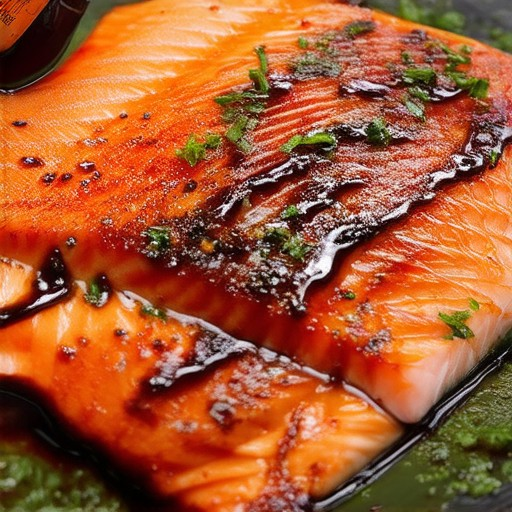
Is Balsamic Vinegar Glaze Good on Salmon?
Balsamic vinegar glaze can be a delicious addition to salmon, but it’s important to use it in moderation due to its acidity. Here’s a breakdown of the considerations:
- Flavor Profile: Balsamic vinegar adds a sweet and tangy note, which can complement the rich, fatty nature of salmon. Its umami flavor enhances the fish’s natural taste.
- Acidic Nature: While balsamic vinegar is acidic, it can be balanced with ingredients like honey or maple syrup to prevent overwhelming the dish with acidity.
- Texture Consideration: In small quantities, balsamic vinegar glaze won’t overpower the salmon. However, excessive usage may alter the texture, making it too tart.
How to Use Balsamic Vinegar Glaze on Salmon
For a balanced and flavorful dish, try the following approach:
- Combine balsamic vinegar with a touch of honey or maple syrup for sweetness.
- Add herbs and spices like thyme, rosemary, or basil for extra flavor.
- Drizzle the glaze over cooked salmon fillets, ensuring it’s evenly distributed.
- Consider pairing with a drizzle of olive oil to mellow out the acidity.
Recipe Suggestion
Try this simple balsamic-glazed salmon recipe for a delightful meal:
Balsamic-Glazed Salmon Fillets
Ingredients:
- 4 salmon fillets (about 6 oz each)
- 1/4 cup balsamic vinegar
- 2 tbsp honey
- 1/4 cup white wine
- 1 tsp Dijon mustard
- Garlic cloves (optional)
- Olive oil (for cooking)
- Salt and pepper (to taste)
Instructions:
- Preheat oven to 400°F (200°C).
- Season salmon fillets with salt and pepper.
- In a saucepan, mix balsamic vinegar, honey, white wine, and Dijon mustard. Heat until slightly thickened.
- Place salmon on a baking sheet, drizzle with olive oil, and pour the glaze over them.
- Bake for 15-20 minutes, or until salmon reaches your desired doneness.
- Serve hot with sides of your choice.
This recipe showcases how balsamic vinegar glaze can elevate your salmon dishes, offering a perfect blend of flavors.
Alternative Ideas
If you prefer a less acidic option, consider trying teriyaki sauce or citrus-based glazes for a equally delicious experience.
Conclusion
Balsamic vinegar glaze can indeed be a great addition to salmon, but it’s all about balance and proportion. Experiment with small amounts and adjust to suit your taste preferences.
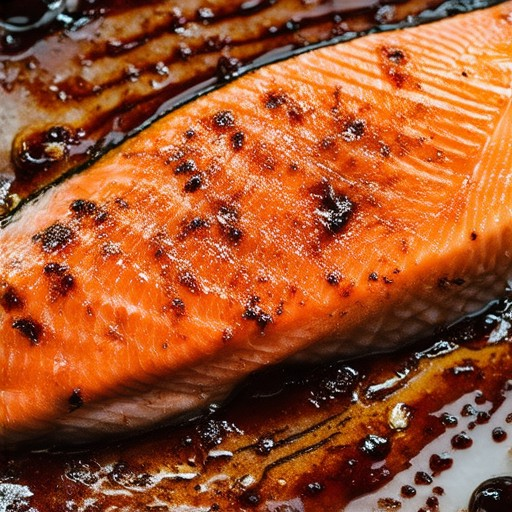
Balsamic Dressing vs. Balsamic Glaze: What’s the Difference?
Balsamic dressing and balsamic glaze are both derivatives of balsamic vinegar, but they serve distinct purposes in the kitchen. Here’s a breakdown of their differences:
- Balsamic Dressing: A lighter, vinaigrette-style mixture typically made with olive oil, balsamic vinegar, garlic, Dijon mustard, and seasonings. It’s tangy and perfect for salads, pasta, or as a marinade for meats.
- Balsamic Glaze: A thicker, sweeter condiment created by reducing balsamic vinegar with sugar or honey until it reaches a syrup-like consistency. It’s ideal for drizzling over roasted meats, cheeses, or as a finishing sauce.
Key Differences:
- Consistency: Balsamic glaze is viscous and sticky, while balsamic dressing is thinner and pourable.
- Flavor Profile: Glaze is sweeter due to added sugars or reductions, whereas dressing is tangier and brighter.
- Usage: Glaze is often used as a finishing touch, while dressing is used to flavor and emulsify ingredients.
Both ingredients can elevate your dishes, whether you’re preparing a simple salad or a gourmet meal. Try incorporating them into your favorite recipes for a burst of flavor!
How to Turn Balsamic Vinegar into Balsamic Glaze
To transform balsamic vinegar into balsamic glaze, follow these simple steps:
- Understanding the Basics: Balsamic vinegar is a tangy, acidic liquid made from fermented grape must. Balsamic glaze, on the other hand, is a reduced and sweeter version, often used as a marinade or glaze for meats.
- Reduction Process: The primary method involves heating the balsamic vinegar to allow it to thicken. This process typically takes around 20-30 minutes.
- Add Sweetness: To balance the acidity, add sugar or a natural sweetener like honey or maple syrup. Adjust to taste, ensuring the glaze isn’t overpoweringly sweet.
- Thickening Agent: Mix a small amount of cornstarch with cold water and stir into the reduced vinegar to achieve the desired consistency. Avoid over-thickening to maintain a pourable texture.
- Herbs and Spices: Optionally, add herbs or spices like thyme, rosemary, or garlic powder for extra flavor complexity.
- Simmer Gently: Simmer on low heat, stirring occasionally, until the glaze reaches your desired thickness. Monitor closely to prevent burning or over-reduction.
- Use and Storage: Once cooled, store the balsamic glaze in a sealed container at room temperature. It keeps well for several weeks.
By following these steps, you can easily convert balsamic vinegar into a versatile balsamic glaze, perfect for enhancing a variety of dishes.

Why is Balsamic Glaze So Expensive?
Balsamic glaze, particularly the traditional and high-quality varieties, can be costly due to several factors:
Aging Process
The traditional balsamic vinegar, known as “aceto balsamico tradizionale,” takes at least 12 years to produce, while the finest “extra Vecchio” requires a minimum of 25 years. This extended aging period is achieved through a slow, natural fermentation process using wine grapes, which limits supply and increases demand.
Artisanal Production
Traditional balsamic vinegar is handmade by skilled artisans in small batches, making the production process highly labor-intensive and time-consuming. This craftsmanship contributes to its premium price tag.
Exclusive Ingredients
High-quality balsamic glazes often use specific grape varietals and traditional methods, which are not replicated in cheaper, mass-produced products. The selection of grapes and the aging environment play crucial roles in the final product’s quality and cost.
Premium Product Appeal
Balsamic glaze is a luxury item due to its rich flavor and versatility in cuisine. Chefs and food enthusiasts are willing to pay a higher price for its unique taste and authenticity, making it a niche market.
Market Competition
Competitors like Modena and Reggio Emilia also produce high-quality balsamic glazes, further driving up the price as consumers seek out the best options available. Each brand may offer slightly different qualities, encouraging exploration of labels and origins.
Ultimately, the expense reflects the meticulous craftsmanship, extended aging, and exclusivity of traditional balsamic glaze, making it a worthwhile investment for those seeking authentic flavor in their cooking.

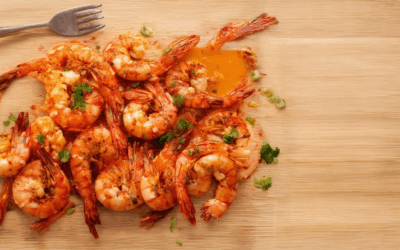
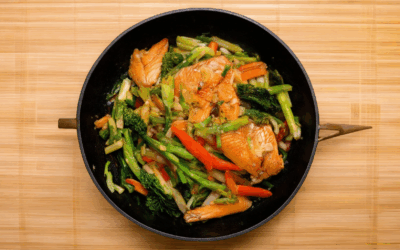
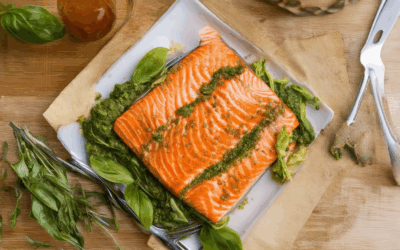
0 Comments